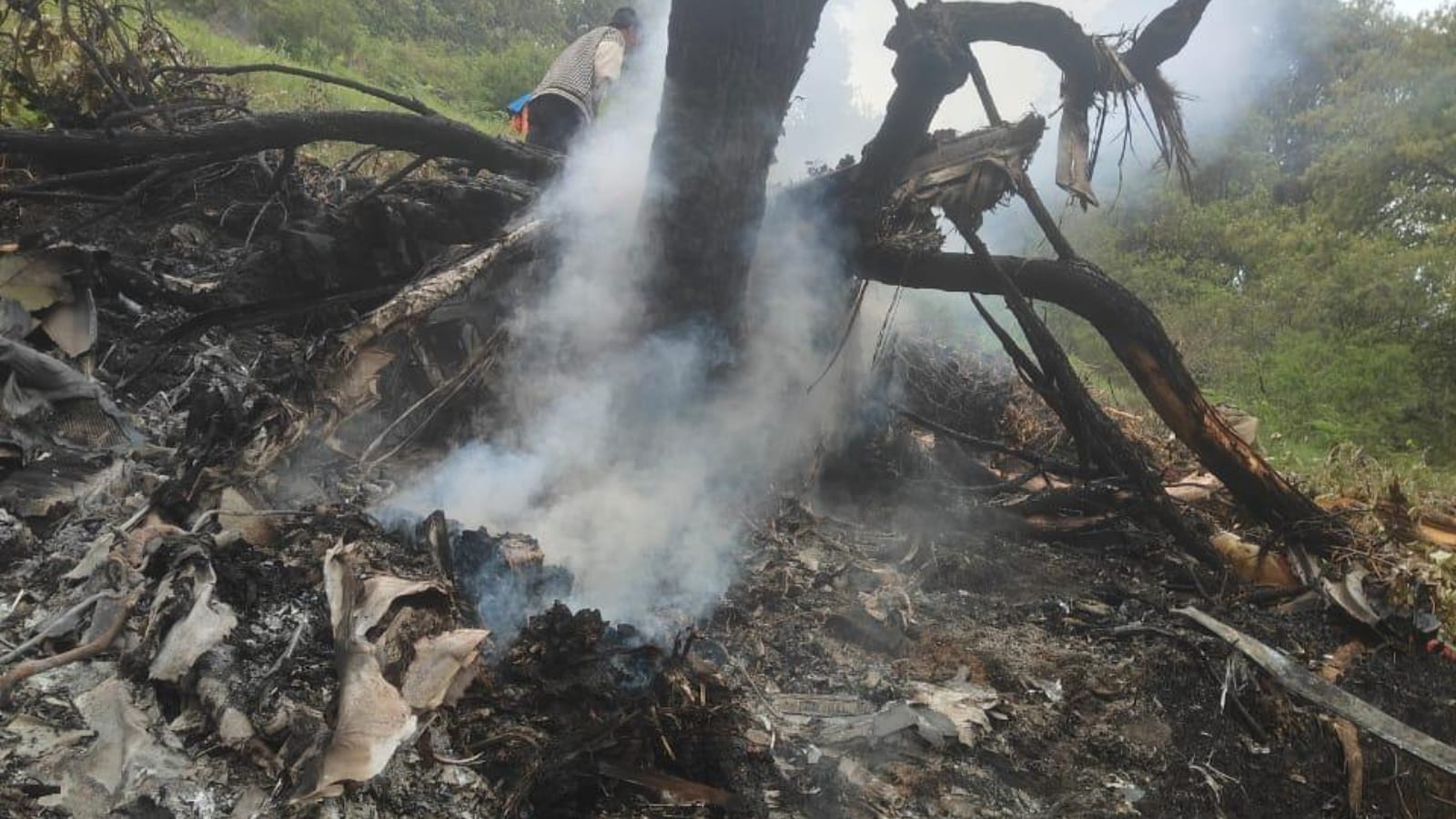Last Updated:June 15, 2025, 03:42 IST
Unlike typical white or bluish icebergs, this one appeared as dark as soot and possessed a unique diamond shape

The remarkable image, which quickly went viral, was captured by fish harvester Hallur Antoniussen. Pic/Facebook
An unusual black iceberg spotted off the coast of Labrador, Canada, has captivated scientists and social media users alike. The remarkable image, which quickly went viral, was captured by fish harvester Hallur Antoniussen while shrimp fishing aboard his trawler, the Saputi, near Carbonear.
With over 50 years of experience at sea in the waters off Greenland and Labrador, Antoniussen described the sight as “completely different" from any iceberg he had ever encountered. Unlike typical white or bluish icebergs, this one appeared as dark as soot and possessed a unique diamond shape. He swiftly photographed the iceberg, sparking widespread online discussion. While difficult to judge its exact size from the trawler, Antoniussen estimated the black iceberg to be at least three times the size of a regular bungalow.
The dark colouration of an iceberg is exceptionally rare and suggests the presence of impurities. Most icebergs appear white due to countless tiny air bubbles trapped within, scattering all wavelengths of light. However, as ice ages and compresses, these air bubbles are expelled, rendering the ice clearer and allowing it to absorb more light, sometimes resulting in a bluish tint. A black or dark grey hue, as observed here, typically indicates the inclusion of dirt, rock, or other dark material.
Glaciologist Lev Tarasov of Memorial University in Canada proposed several theories for this unusual appearance. One prominent theory suggests the black iceberg originated from a larger glacier that calved into the ocean. As glaciers traverse land, they grind against the Earth’s crust, incorporating vast amounts of pulverised rock, sediment, and other debris. If this sediment-rich ice melts unevenly, or if a portion of the iceberg rolls over, it can expose these darker layers, creating the striking black appearance. Tarasov noted the uniform distribution of dark material suggests the ice could be extremely old, potentially between 1,000 and 100,000 years old, as such even distribution of debris would require considerable time.
Other hypotheses include the possibility of volcanic ash or soot from ancient eruptions settling on the glacier and becoming embedded. Some speculative theories even suggest debris from a meteorite strike. While these explanations remain unproven, the black iceberg serves as a potent reminder of the dynamic nature of glacial processes and the Earth’s ancient history encapsulated within these frozen giants. Scientists hope that if another similar iceberg is discovered, it can be sampled to analyse the trapped material, potentially unravelling the mystery.
The News Desk is a team of passionate editors and writers who break and analyse the most important events unfolding in India and abroad. From live updates to exclusive reports to in-depth explainers, the Desk d...Read More
The News Desk is a team of passionate editors and writers who break and analyse the most important events unfolding in India and abroad. From live updates to exclusive reports to in-depth explainers, the Desk d...
Read More
News world Rare Black Iceberg Spotted Near Canada Baffles Netizens, Scientists; What Are The Cold, Hard Facts?

 12 hours ago
12 hours ago
















